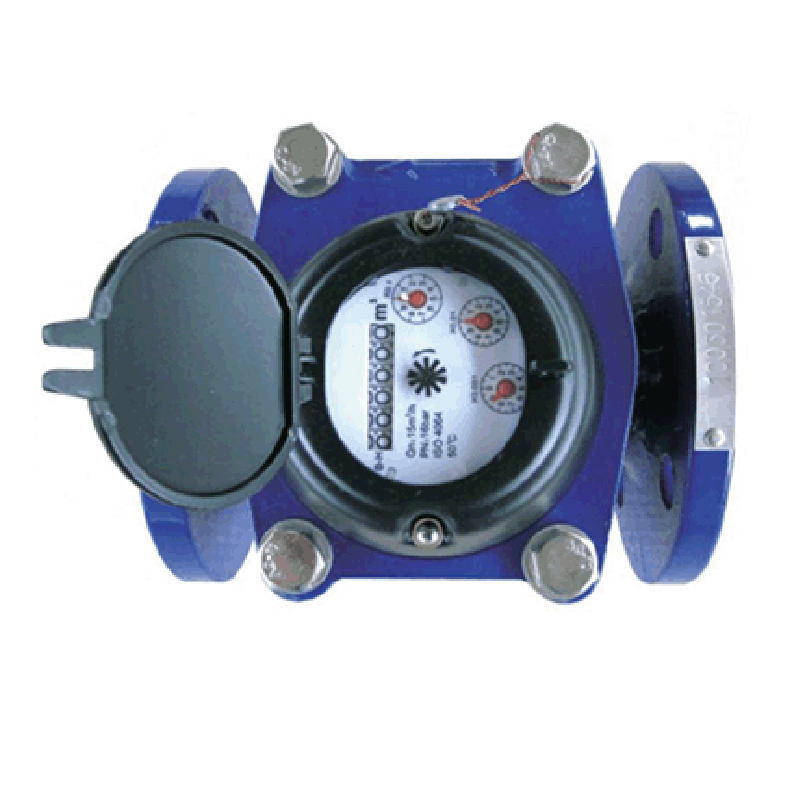Samh . 29, 2024 15:19 Back to list
6 Inch Swing Check Valve Specifications and Applications Guide
Understanding the 6-Inch Swing Check Valve A Comprehensive Guide
The swing check valve is a crucial component in various industrial applications, particularly in systems involving fluid transport. Among the different sizes available in the market, the 6-inch swing check valve has gained attention for its balance of flow capacity and compact size. In this article, we will explore the design, operation, benefits, applications, and considerations when selecting a 6-inch swing check valve.
What is a Swing Check Valve?
A swing check valve is designed to allow fluid flow in one direction and prevent backflow. Its operation is based on a disc that swings on a hinge or pin, allowing it to open when the pressure from the fluid is sufficient and close when the flow reverses. This simple but effective mechanism plays a vital role in various systems, ensuring that fluids move in the desired direction without the risk of contamination or mixing.
Design Features of a 6-Inch Swing Check Valve
The 6-inch swing check valve has several distinctive features
1. Material Construction They are often made from durable materials such as stainless steel, cast iron, or bronze, which offer corrosion resistance and strength under high pressure. The choice of material will depend on the applications and the type of fluid being transported.
2. Disc Design The disc of a swing check valve can be fully or partially lifted, and its design affects the valve's efficiency and response time to flow changes. A well-designed disc minimizes the pressure drop across the valve.
3. Sealing Mechanism The sealing surfaces are finely machined to ensure a tight shut-off against reverse flow. Proper sealing is essential in preventing leakage that could lead to system failures or contamination.
4. Size and Dimensions A 6-inch valve offers an appropriate size for moderate flow rates, making it versatile for various applications. The valve’s dimensions must align with the piping system design for effective installation.
Advantages of Using 6-Inch Swing Check Valves
The adoption of the 6-inch swing check valve brings several benefits
1. Reduced Backflow Risk By ensuring that fluid flows in one direction, these valves help maintain system integrity and prevent contamination from reverse flow.
2. High Flow Efficiency Swing check valves provide minimal flow resistance. This characteristic means that they can handle high flow rates without significant pressure drops, which is crucial for maintaining system efficiency.
3. Low Maintenance Requirements Due to their simple mechanical construction, swing check valves typically require minimal maintenance, saving time and resources for industries utilizing them.
swing check valve 6 inch

Applications of 6-Inch Swing Check Valves
The 6-inch swing check valve finds utility across several industries
1. Water Supply Systems They are commonly installed in pipelines transporting potable water, where preventing backflow is critical for maintaining water quality.
2. Wastewater Treatment The valves help manage the flow of wastewater, ensuring that the treatment processes function effectively without the risk of backflow contamination.
3. Power Generation In power plants, these valves are essential for protecting pumps and compressors from reverse flow, which can damage equipment.
4. Chemical Processing In facilities handling corrosive substances, a 6-inch swing check valve can facilitate safe transport while preventing reverse flow that could cause mixture contamination.
Considerations When Selecting a 6-Inch Swing Check Valve
When choosing a 6-inch swing check valve, several factors should be taken into account
1. Fluid Characteristics Evaluate the type of fluid, temperature, pressure, and potential erosive or corrosive properties. This information will guide material selection.
2. Installation Orientation Swing check valves are typically installed in a horizontal position; however, some vertical applications may require specific valve designs for optimal functioning.
3. Flow Rate Requirements Understanding the expected flow rates will help determine the right size and design of the valve to accommodate system demands.
4. Compliance Standards Ensure that the selected valve meets all relevant industry standards and regulations for safety and reliability.
Conclusion
The 6-inch swing check valve is an essential component in fluid transport systems, known for its reliability, low maintenance needs, and efficiency. With diverse applications and advantages, it plays a critical role in ensuring the safe and efficient operation of various industrial processes. By understanding its design, advantages, and selection criteria, engineers and operators can make informed decisions that enhance system performance and integrity.
Share
-
Reliable Wafer Type Butterfly Valves for Every IndustryNewsJul.25,2025
-
Reliable Flow Control Begins with the Right Ball Check ValveNewsJul.25,2025
-
Precision Flow Control Starts with Quality ValvesNewsJul.25,2025
-
Industrial Flow Control ReliabilityNewsJul.25,2025
-
Engineered for Efficiency Gate Valves That Power Industrial PerformanceNewsJul.25,2025
-
Empowering Infrastructure Through Quality ManufacturingNewsJul.25,2025